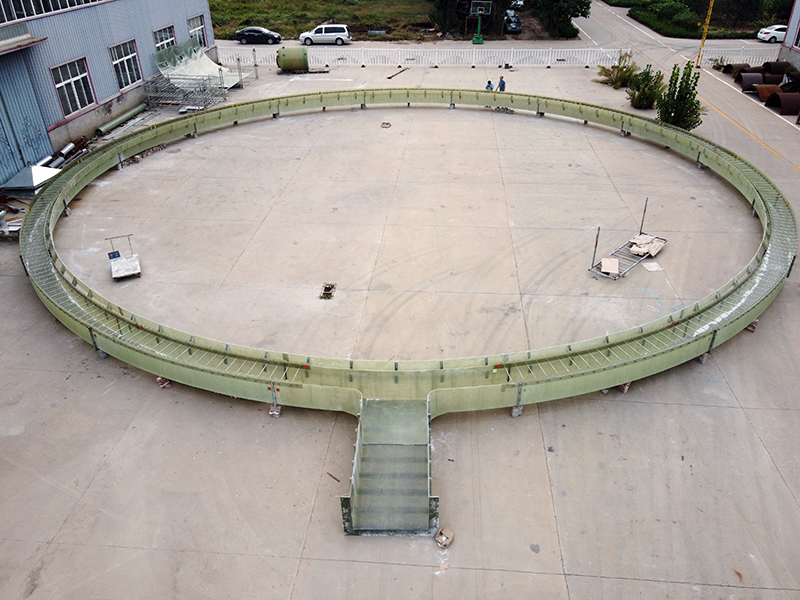
-
 Afrikaans
Afrikaans -
 Albanian
Albanian -
 Amharic
Amharic -
 Arabic
Arabic -
 Armenian
Armenian -
 Azerbaijani
Azerbaijani -
 Basque
Basque -
 Belarusian
Belarusian -
 Bengali
Bengali -
 Bosnian
Bosnian -
 Bulgarian
Bulgarian -
 Catalan
Catalan -
 Cebuano
Cebuano -
 China
China -
 China (Taiwan)
China (Taiwan) -
 Corsican
Corsican -
 Croatian
Croatian -
 Czech
Czech -
 Danish
Danish -
 Dutch
Dutch -
 English
English -
 Esperanto
Esperanto -
 Estonian
Estonian -
 Finnish
Finnish -
 French
French -
 Frisian
Frisian -
 Galician
Galician -
 Georgian
Georgian -
 German
German -
 Greek
Greek -
 Gujarati
Gujarati -
 Haitian Creole
Haitian Creole -
 hausa
hausa -
 hawaiian
hawaiian -
 Hebrew
Hebrew -
 Hindi
Hindi -
 Miao
Miao -
 Hungarian
Hungarian -
 Icelandic
Icelandic -
 igbo
igbo -
 Indonesian
Indonesian -
 irish
irish -
 Italian
Italian -
 Japanese
Japanese -
 Javanese
Javanese -
 Kannada
Kannada -
 kazakh
kazakh -
 Khmer
Khmer -
 Rwandese
Rwandese -
 Korean
Korean -
 Kurdish
Kurdish -
 Kyrgyz
Kyrgyz -
 Lao
Lao -
 Latin
Latin -
 Latvian
Latvian -
 Lithuanian
Lithuanian -
 Luxembourgish
Luxembourgish -
 Macedonian
Macedonian -
 Malgashi
Malgashi -
 Malay
Malay -
 Malayalam
Malayalam -
 Maltese
Maltese -
 Maori
Maori -
 Marathi
Marathi -
 Mongolian
Mongolian -
 Myanmar
Myanmar -
 Nepali
Nepali -
 Norwegian
Norwegian -
 Norwegian
Norwegian -
 Occitan
Occitan -
 Pashto
Pashto -
 Persian
Persian -
 Polish
Polish -
 Portuguese
Portuguese -
 Punjabi
Punjabi -
 Romanian
Romanian -
 Russian
Russian -
 Samoan
Samoan -
 Scottish Gaelic
Scottish Gaelic -
 Serbian
Serbian -
 Sesotho
Sesotho -
 Shona
Shona -
 Sindhi
Sindhi -
 Sinhala
Sinhala -
 Slovak
Slovak -
 Slovenian
Slovenian -
 Somali
Somali -
 Spanish
Spanish -
 Sundanese
Sundanese -
 Swahili
Swahili -
 Swedish
Swedish -
 Tagalog
Tagalog -
 Tajik
Tajik -
 Tamil
Tamil -
 Tatar
Tatar -
 Telugu
Telugu -
 Thai
Thai -
 Turkish
Turkish -
 Turkmen
Turkmen -
 Ukrainian
Ukrainian -
 Urdu
Urdu -
 Uighur
Uighur -
 Uzbek
Uzbek -
 Vietnamese
Vietnamese -
 Welsh
Welsh -
 Bantu
Bantu -
 Yiddish
Yiddish -
 Yoruba
Yoruba -
 Zulu
Zulu
Efficient and Precise Anchoring with Drilling Rods and Bits
Enhancing Construction Efficiency Through Anchoring, Drilling Rods, and Bits
In the realm of construction and geotechnical engineering, efficiency and precision are paramount. The interplay of anchoring systems, drilling rods, and bits plays a crucial role in ensuring that foundations are robust, and installations are accurately executed. This article delves into how these components contribute to modern construction practices, ultimately enhancing project outcomes.
Anchoring Systems The Foundation of Stability
Anchoring systems serve as the bedrock of stability for various structures, from buildings to bridges and beyond. These systems provide the necessary resistance against lateral forces, ensuring that structures maintain their integrity under pressure. Effective anchoring is essential, especially in areas prone to seismic activity or high winds. The choice of anchoring method—whether it be driven piles, rock anchors, or chemical anchors—depends on the specific geotechnical conditions and architectural requirements of a project.
Modern advancements in anchoring technology, such as helical anchors and micro-piles, offer versatile solutions that enhance load-bearing capacity while minimizing environmental impact. These innovations allow for the efficient installation in challenging terrains, reducing project timelines and costs.
Drilling Rods The Connective Tissue of Drilling Operations
Drilling rods, the long cylindrical tubes used to transmit torque and pressure during drilling operations, are integral to the efficiency of any anchoring or geological exploration project. The materials and design of drilling rods dictate their strength, flexibility, and durability. Commonly made from high-strength steel, these rods can withstand extreme conditions, ensuring a smooth drilling process.
anchoring, drilling rods, and bits for efficient and precise

The length and diameter of drilling rods need to be carefully selected based on the geological conditions and the depth required. Additionally, advancements in rod technology, such as the advent of composite materials and improved threading systems, have further optimized performance. Techniques like rotary drilling and hammer drilling employ these rods effectively, allowing operators to achieve precise drilling depths while maintaining the quality of boreholes.
Bits Precision Tools for Effective Drilling
At the end of every drilling rod lies the bit, the tool responsible for breaking rock layers and facilitating the creation of boreholes. The type of bit selected—be it a rock bit, diamond bit, or PDC (polycrystalline diamond compact) bit—greatly influences drilling efficiency and cost. Each bit type is designed for specific geological formations, ensuring that drilling operations can proceed smoothly and without unnecessary delays.
Modern drilling bits are engineered to offer high penetration rates and durability, resulting in less downtime for bit replacements. For instance, diamond bits are invaluable in hard rock formations due to their exceptional hardness, while tricone bits provide versatility across a range of materials.
Conclusion A Triad of Efficiency and Precision
In summary, the synergy between anchoring systems, drilling rods, and bits forms the backbone of efficient and precise construction practices. As technology continues to advance, the integration of innovative materials and techniques will pave the way for even greater improvements in construction efficiency. By investing in high-quality anchoring, robust drilling rods, and precision bits, construction professionals can ensure that their projects meet the highest standards of stability and accuracy, ultimately leading to safer and more durable structures. This triad not only enhances productivity but also contributes to the sustainability goals of the construction industry.
Latest news
-
Exploring the Benefits of Top Hammer Drifter Rods for Enhanced Drilling PerformanceNewsJun.10,2025
-
High-Precision Fiberglass Winding Machine for GRP/FRP Pipe Production – Reliable & Efficient SolutionsNewsJun.10,2025
-
FRP Pipes & Fittings for Shipbuilding - Corrosion-Resistant & LightweightNewsJun.09,2025
-
Premium FRP Flooring Solutions Durable & Slip-ResistantNewsJun.09,2025
-
Premium Fiberglass Rectangular Tanks Durable & Lightweight SolutionNewsJun.09,2025
-
Tapered Drill String Design Guide Durable Performance & UsesNewsJun.09,2025









